If you think shopping malls are fading out, Stamford Town Center might surprise you.
Built in the heart of Stamford, CT, and opening its doors on June 17, 1982, this mall helped rewrite the downtown map.
It wasn't subtle, either - entire blocks of tenements came down, major streets flipped in direction, and the city took a sharp turn toward a new future.
Even now, in 2025, the place keeps shifting gears, mixing old-school retail with new ideas that do not fit a typical mall script.
For anyone hunting for things to do in Stamford, Connecticut, this old powerhouse still has a few new plays left.
Downtown Real Estate Playbook - Stamford Town Center's Big Bet
Back in the late 1970s, Stamford wasn't what you would call a retail powerhouse.
The city's downtown was full of tenements, narrow streets, and small shops that mostly catered to locals.
That started changing fast once F.D. Rich Co. and Taubman Centers showed up with plans for Stamford Town Center.
When the mall opened on June 17, 1982, right on Greyrock Place, it didn't just land like any other shopping center.
It cleared out entire neighborhoods that had stood there for decades.
The mall came with some aggressive city planning, too.
Bedford Street and Summer Street, two main arteries through Stamford, were turned into one-way routes to facilitate drivers' access to the new parking decks.
This was good news for mall-goers, but it was tough news for the small stores and diners that suddenly found themselves out of the loop. It wasn't a clean win for the city.
An opinion piece in the New York Times pointed straight at the cost: lost low-income housing, lost community corners, lost history. Still, the mall was a magnet.
Macy's and JCPenney anchored the place from day one, pulling in shoppers from Stamford, Fairfield County, and even some out-of-town visitors.
Real estate around downtown started seeing higher demand, too, as more businesses wanted a piece of the action.
For better or worse, Stamford Town Center flipped a big switch on downtown Stamford's future.
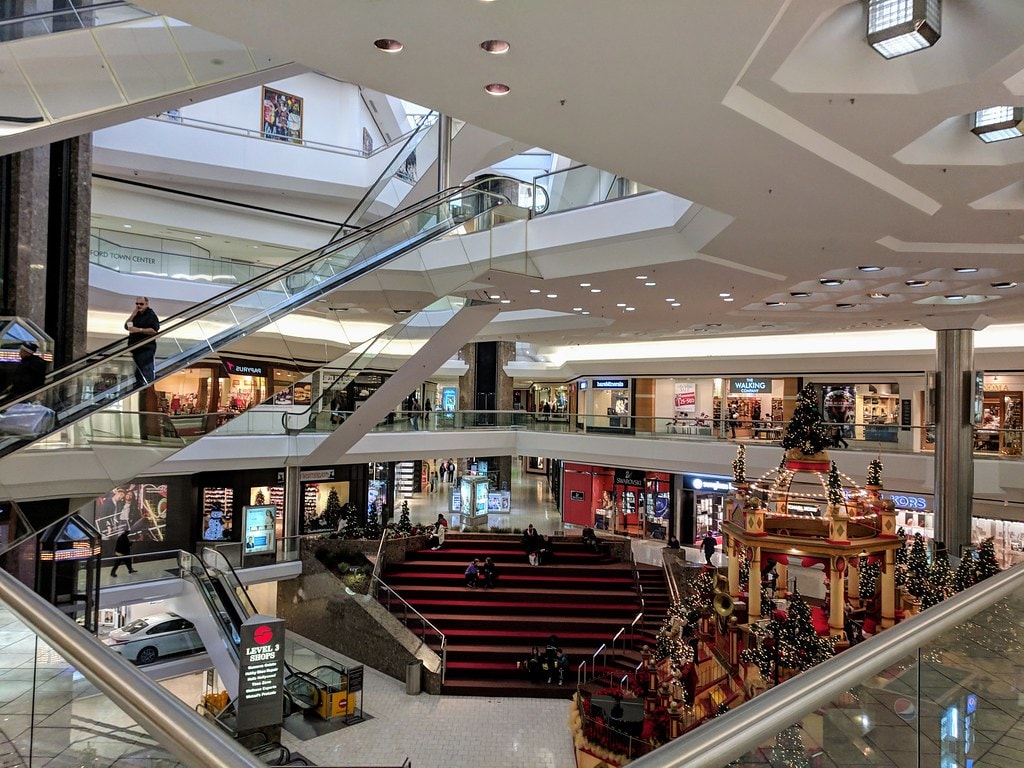
Retail Boom Years - Stamford Town Center's Growth Surge
By the mid-1980s, Stamford Town Center was off and running.
The mall drew steady crowds, drawing shoppers from Fairfield County and parts of New York City.
Macy's and J.C. Penney kept the energy up, while a new arrival in March 1983 - Saks Fifth Avenue - raised the mall's profile.
It wasn't about offering another department store.
Saks brought a level of luxury that helped Stamford Town Center compete with places like Greenwich and White Plains.
Even with some lingering anger over the lost neighborhoods, downtown foot traffic shifted closer to the mall.
Local reports in the late '80s tagged Stamford Town Center as a retail powerhouse in southern Connecticut, and sales numbers supported this claim.
By 1990, the mall was pulling business away from older centers like Ridgeway and even drawing tourists looking for tax-free clothes shopping, especially during big sales weekends.
By the summer of 1994, Stamford Town Center hit a pivot point.
JCPenney, one of the original anchors since 1982, announced it was pulling out.
Their 160,000-square-foot space, a cornerstone of the mall's early years, didn't stay empty for long.
Filene's moved in later that year, keeping the anchor count steady on paper but changing the rhythm inside the building.
JCPenney had brought steady family crowds; Filene's leaned a little higher-end.
The mall's reputation remained strong in the 1990s.
Events like the 1990 filming of "Scenes from a Mall," starring Bette Midler and Woody Allen, showed that Stamford Town Center wasn't losing its grip.
For at least another few years, the mall maintained its position at the top of Connecticut's retail scene.
Redevelopment Moves - New Construction and Fresh Tenants
By 2006, Stamford Town Center faced a simple fact: shoppers were looking for more than just racks of clothes.
To keep up, the southern portion of the mall along Tresser Boulevard was demolished.
In its place, developers launched a new plan, one that leaned hard into food and outdoor atmosphere.
Filene's, which had filled the old JCPenney space, was knocked down.
In its place, they carved out a new plaza lined with restaurants and anchored by a massive Barnes & Noble - the largest one in Connecticut at the time.
The first wave of openings came on November 1, 2007.
Shoppers found new spots like California Pizza Kitchen, Così, Kona Grill, and P.F. Chang's.
Mitchell's Fish Market followed in December, while The Capital Grille opened in February 2008.
Famous Dave's Bar-B-Que almost made it, pulling out late in the project after plans had already been drawn up.
Plan B Burger Bar filled part of the restaurant roster by August 4, 2012.
The redesign leaned into foot traffic. Wide sidewalks, easier crosswalks, and patio seating shifted the feeling of that corner of Stamford.
It was no longer just about sprinting from parking lots to escalators.
Now, visitors could wander, eat, and stay longer without ever setting foot inside the main mall.
Sales numbers bumped up after the renovations. New tenants helped, too, giving the center a broader appeal across age groups.
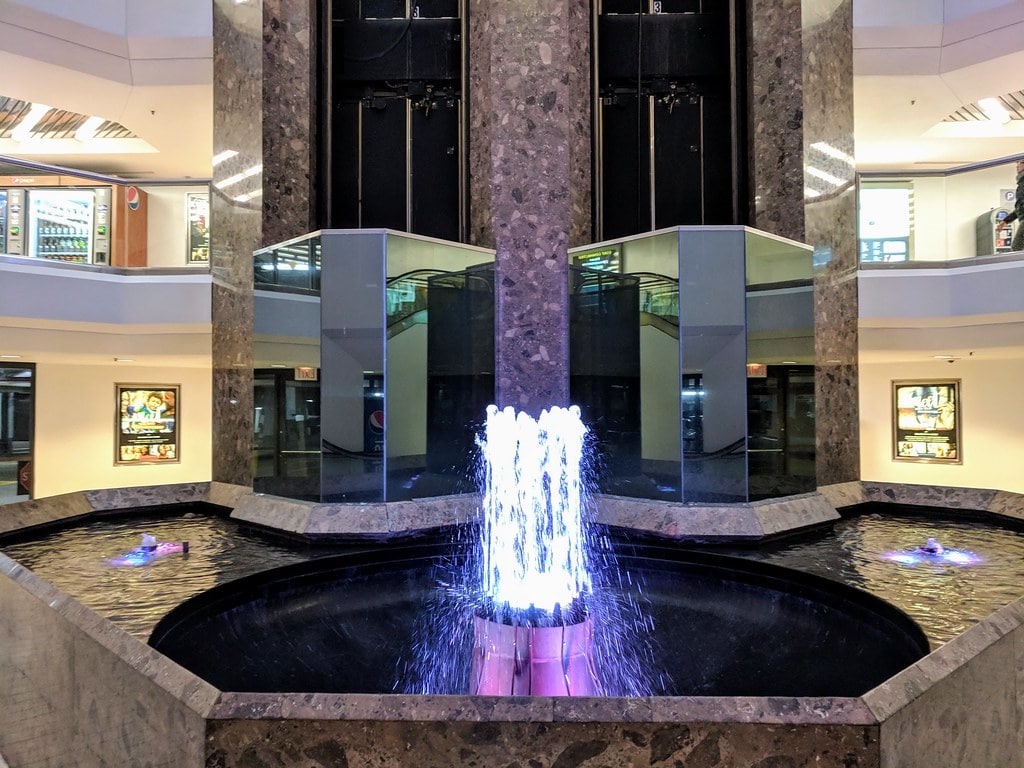
Ownership Changes and Retail Shifts - Stamford Town Center's Crossroads
By late 2020, the Stamford Town Center story added a new chapter when Taubman Centers sold the property.
On October 23, 2020, Safavieh, a furniture retailer known for its store nearby on Canal Street, purchased the mall for $20.15 million.
It wasn't a casual acquisition either - Safavieh made it clear they intended to keep the mall operating at a Class A retail level, even as older malls across the country saw hard drops in foot traffic and sales.
The transition period was rocky. Saks Fifth Avenue had already closed its original space in 2014, later reopening as Saks OFF 5TH in 2015.
But that store, too, pulled out by 2021, leaving another anchor hole just as new ownership stepped in.
Safevieh responded quickly.
They opened Safavieh Express on the fifth floor in December 2020, trying to use the empty square footage creatively while attracting a different set of visitors.
Meanwhile, newer malls like The SoNo Collection in Norwalk and the fast rise of online shopping added pressure.
Some longtime tenants packed up, others negotiated smaller footprints, and by 2022, more of the upper floors at Stamford Town Center had sat quietly.
Vacancy rates rose. By early 2025, reports counted around 25 vacant spaces out of more than 100 retail and restaurant units.
Still, the mall was not fully folding into old-mall territory.
Management was looking for a wider tenant mix that could hold interest beyond department stores.
Fitness spaces, specialty shops, and entertainment-driven attractions were floated as possible answers.
New Leasing Strategies - Activity Anchors and Fresh Foot Traffic
Pickleball America moved into the former Saks OFF 5TH space in September 2023, transforming nearly 80,000 square feet into one of the world's largest indoor pickleball facilities.
Pickleball America added 28 courts, a lounge, a café, and an event space, and pulled in a flow of players that few shopping centers could even dream of.
Reports from late 2024 said the venue was attracting over 600,000 visitors a year, and traffic numbers in many suburban malls would struggle to match even during peak holiday seasons.
At the same time, smaller entertainment tenants started filling out the mall's upper levels.
New York Comedy Club took over the former Plan B Burger Bar space.
Angel Land, an indoor play space, and seasonal events like Blood Manor's haunted attraction began drawing different crowds.
Retail wasn't erased, though.
New stores like Dxxdle and Stamford Skate Shop opened on the fourth floor in 2024, chasing a younger, niche audience.
Dining options expanded with the planned opening of Nan Xiang Xiao Long Bao, a Shanghainese restaurant recommended by the Michelin Guide, in the former Kona Grill space.
Terra Gaucha Brazilian Steakhouse and Puerto Vallarta also opened nearby, aligning with the mall's strategy to encourage visitors to spend more time on the premises.
Events became part of the mall's offerings. In April 2025, Hey Stamford! co-hosted a Connect Four tournament inside the mall, featuring local performers and attracting a substantial public turnout.
In early 2025, the mall announced plans to add even more activity-focused options: a roller rink, zip lines, mini-golf, and bounce houses were all discussed as part of the next phase.
Leasing efforts clearly leaned into a model where shopping was one option, but far from the only one.
By adapting faster than many of its rivals, Stamford Town Center has carved out an updated role in downtown Stamford's changing retail and recreation scene.
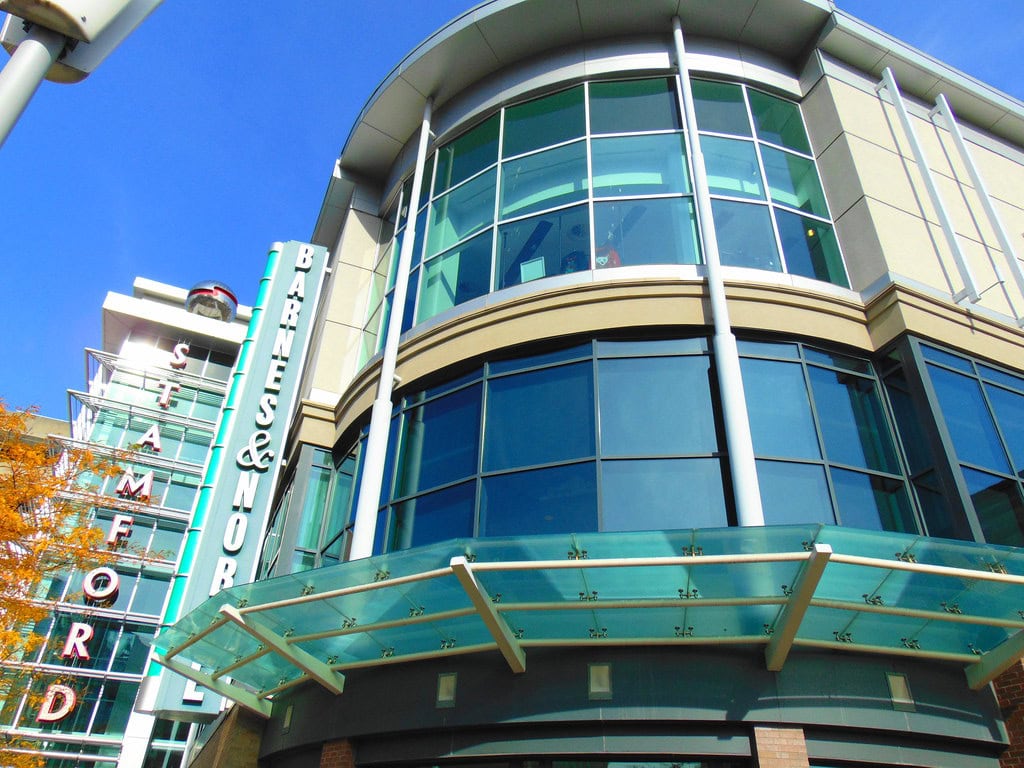
🍀

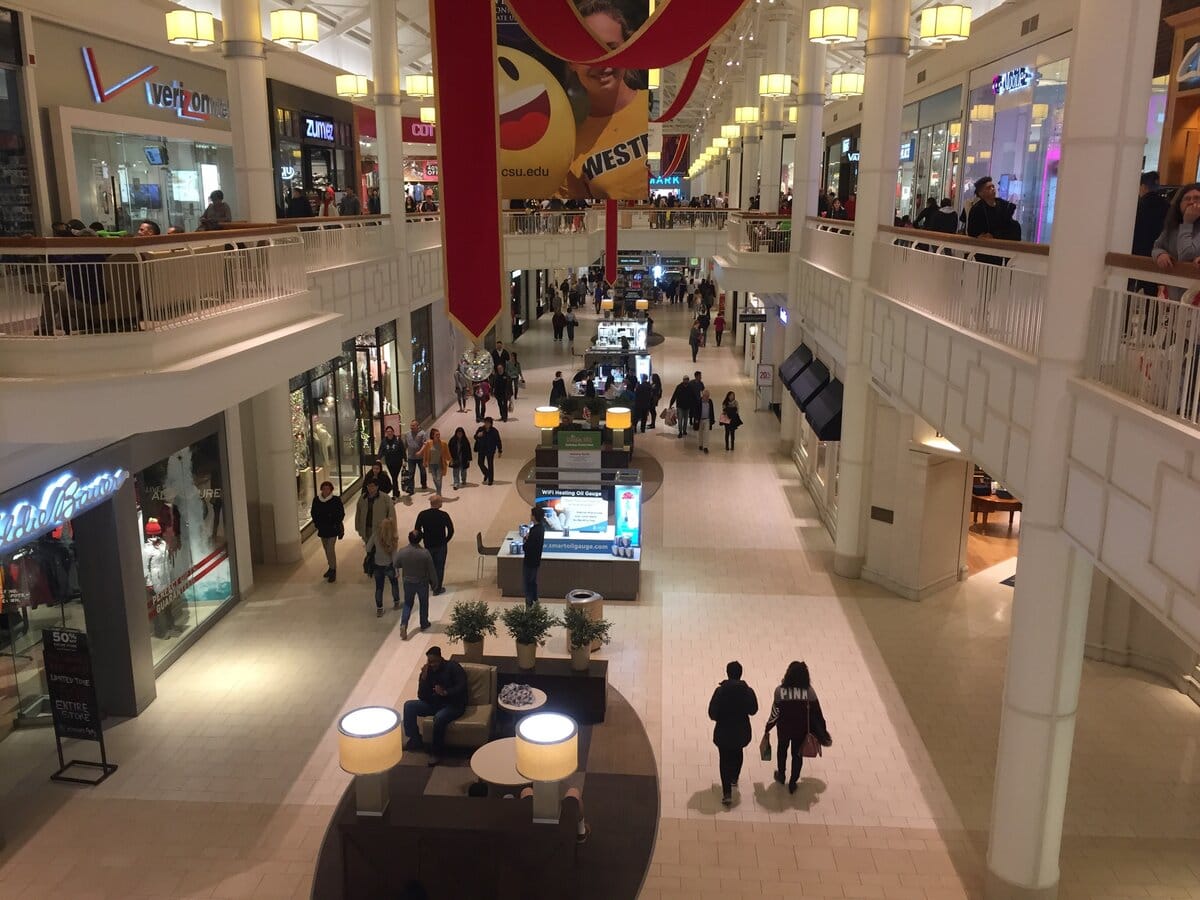
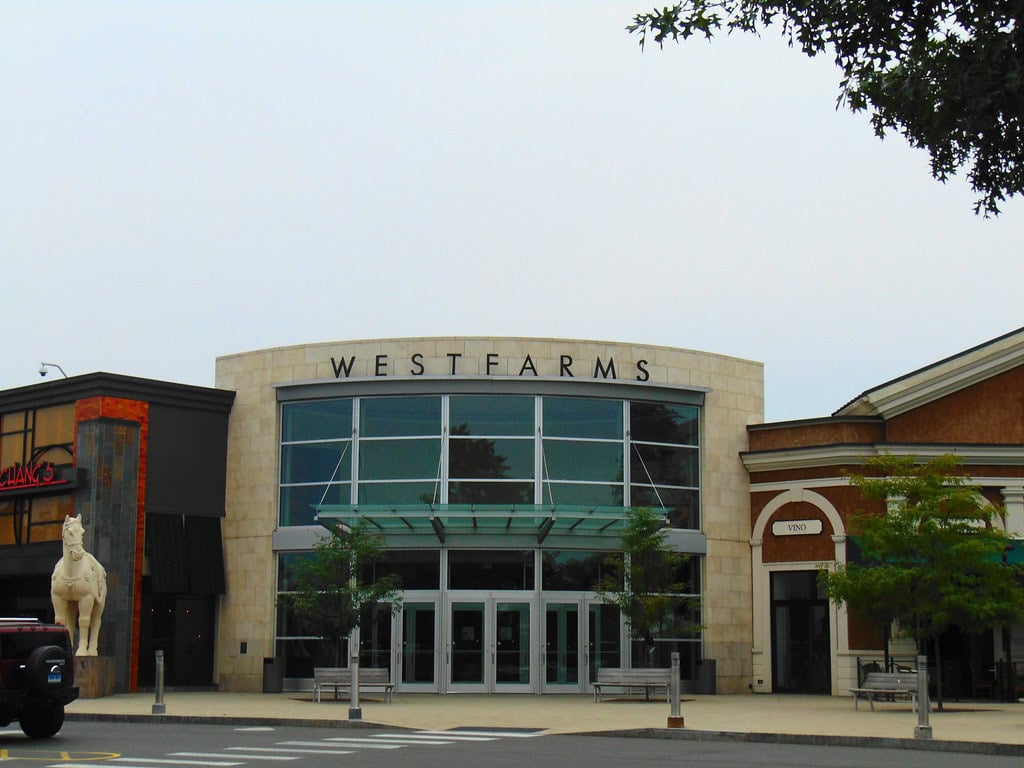
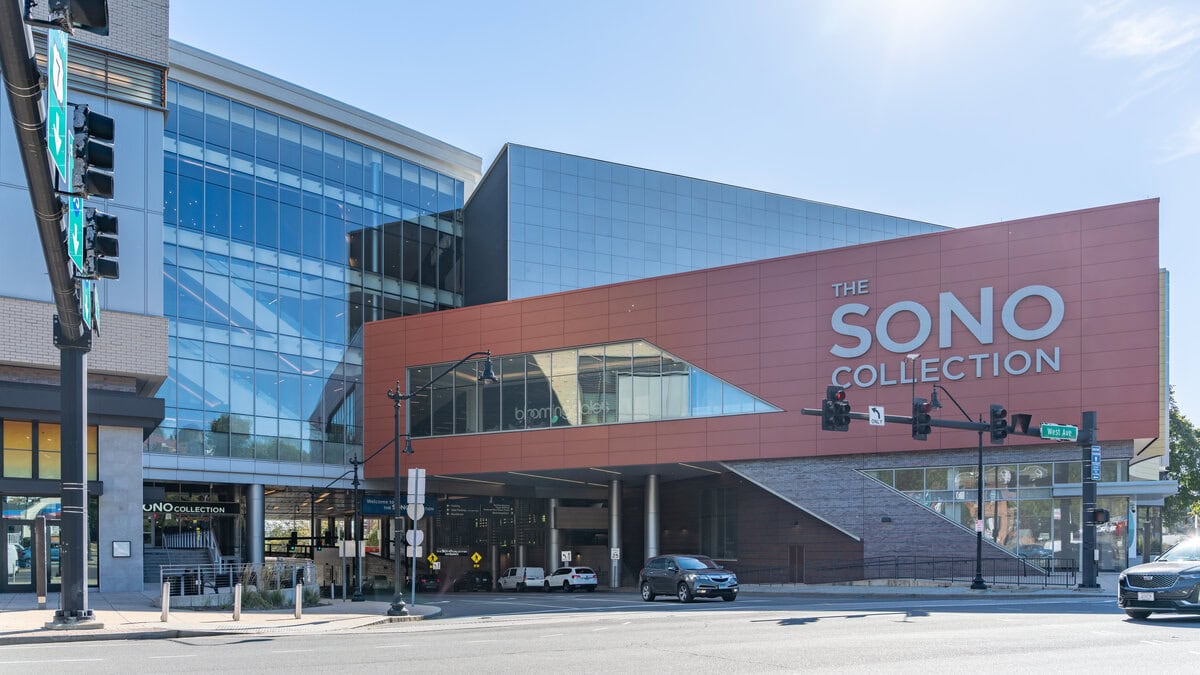
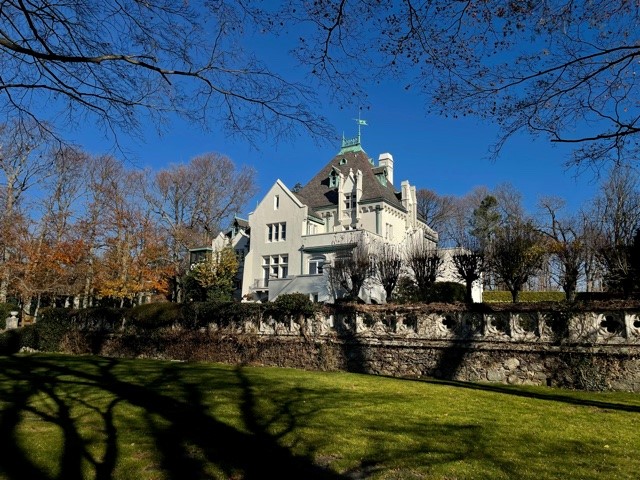

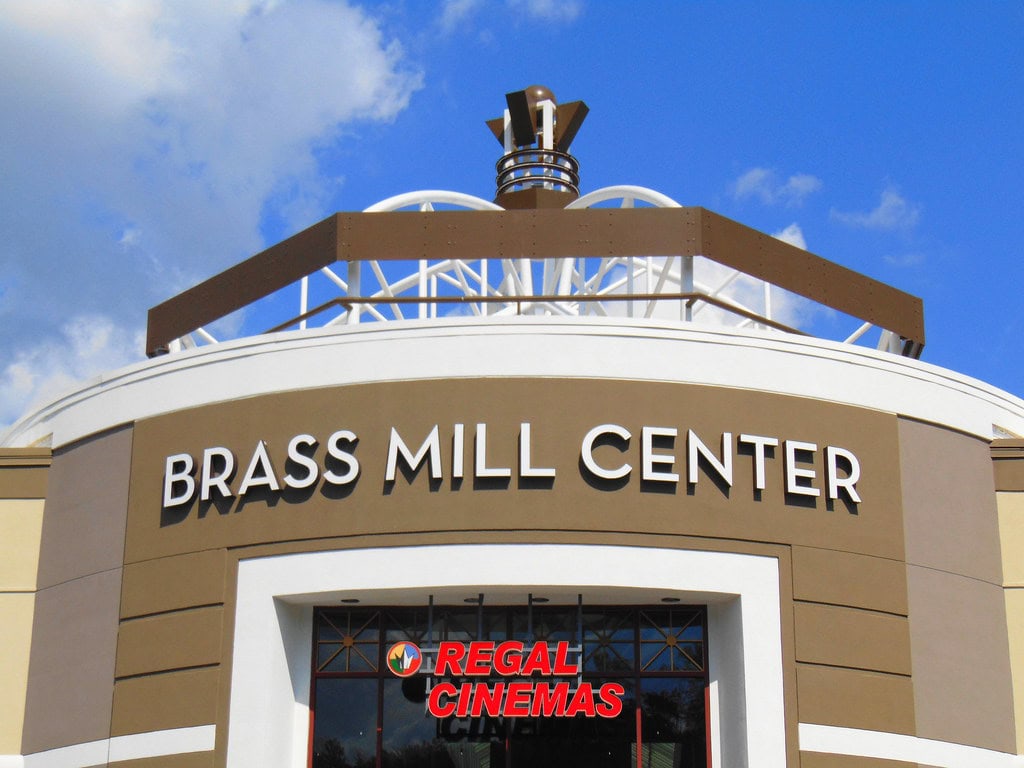
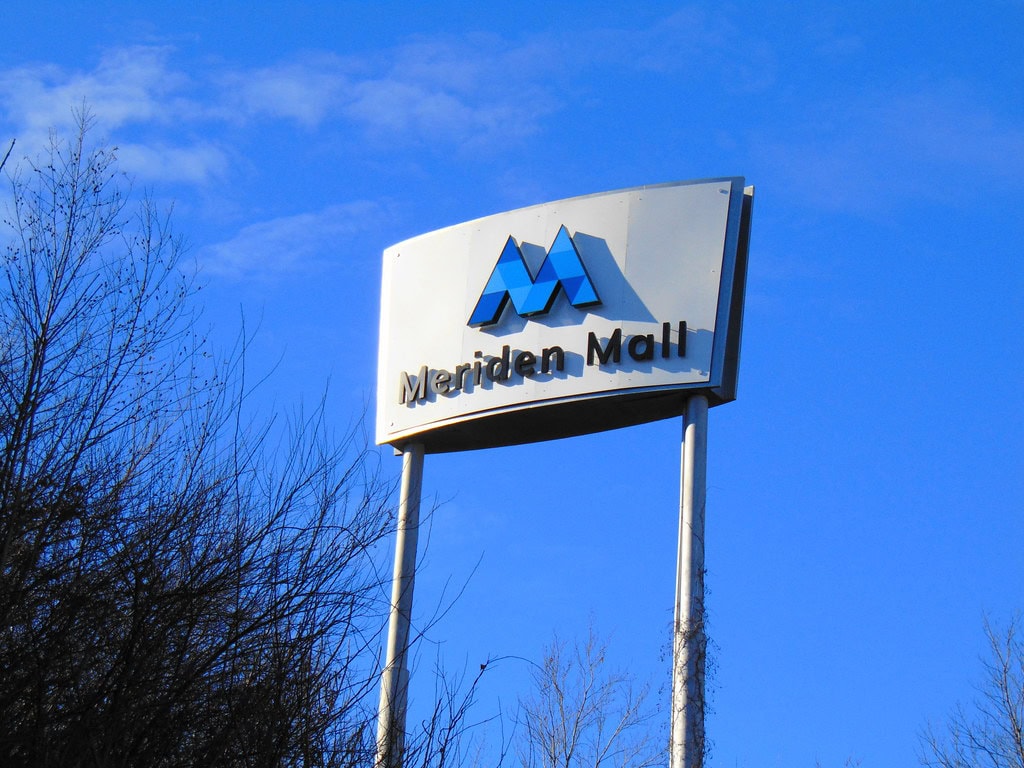
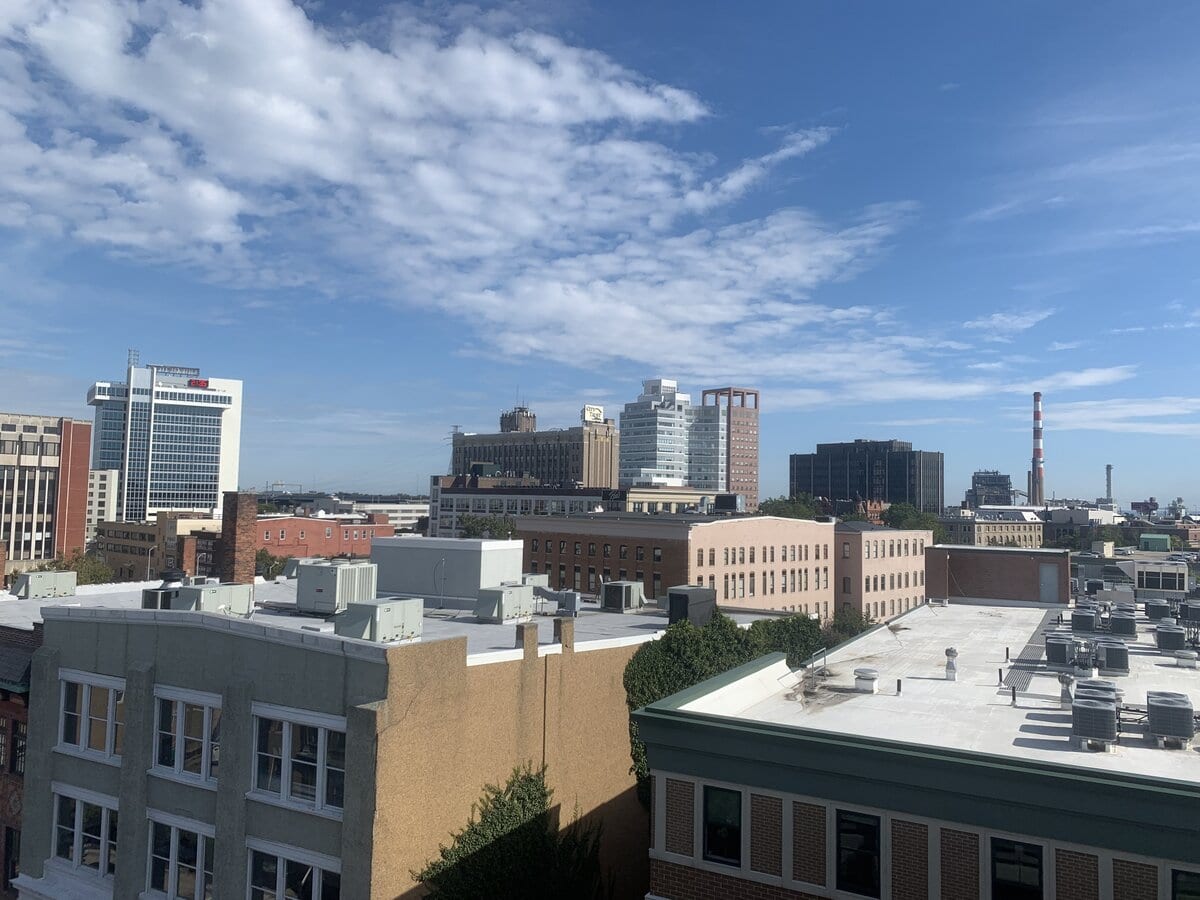
thank you for touring Stamford town center. it's sad to see it void of shoppers. my husband worked construction on that mall and I worked at Macy's when it first opened in 1982. the fountain at that time would drain and then sprout up high.. spectacular! I walked all nine floors, pranced up and down those stairs, amidt the bustling crowds. how joyous it was! I'm sad to see it this way.
I can imagine how vibrant it was back then! It's sad to see such changes, but your memories keep the spirit of the mall alive. Thanks for sharing!